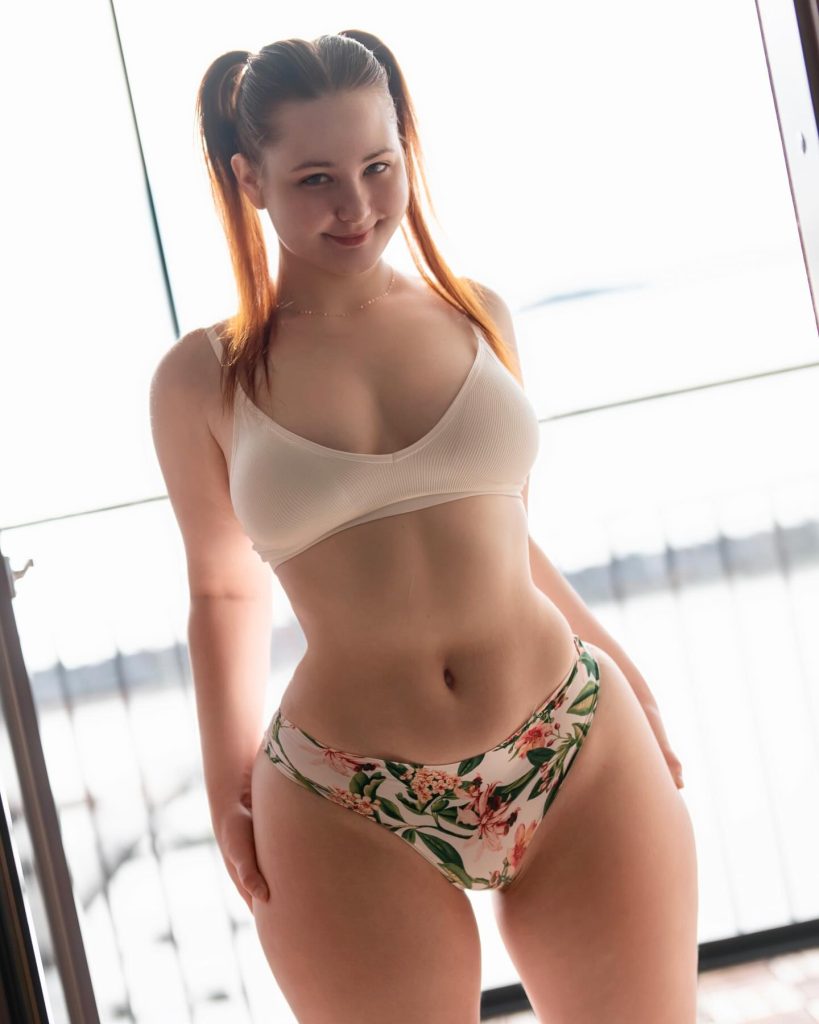A woman’s style is never static—it evolves alongside her life journey, reflecting her personal growth, experiences, and changing priorities. From adolescence to adulthood, and through various life stages, style adapts to meet both practical needs and emotional expressions. It is a dynamic process, shaped by experimentation, learning, and the desire to communicate identity through appearance.

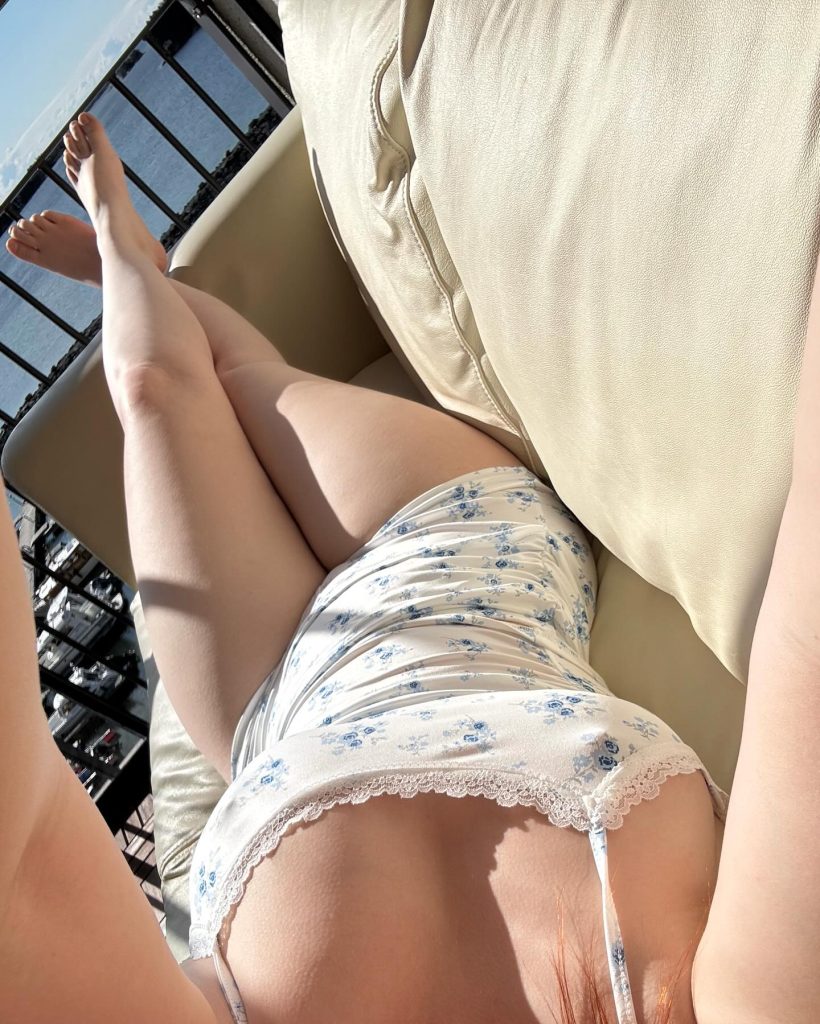







During teenage years, many women explore playful, creative, or experimental aesthetics. Fantasy, avant-garde, or eclectic styles allow young women to test boundaries, express individuality, and discover what resonates with their personalities. Bold colors, dramatic patterns, and unconventional accessories serve as a canvas for self-exploration. These early experiments with style are often less about sophistication and more about curiosity, creativity, and finding one’s voice.
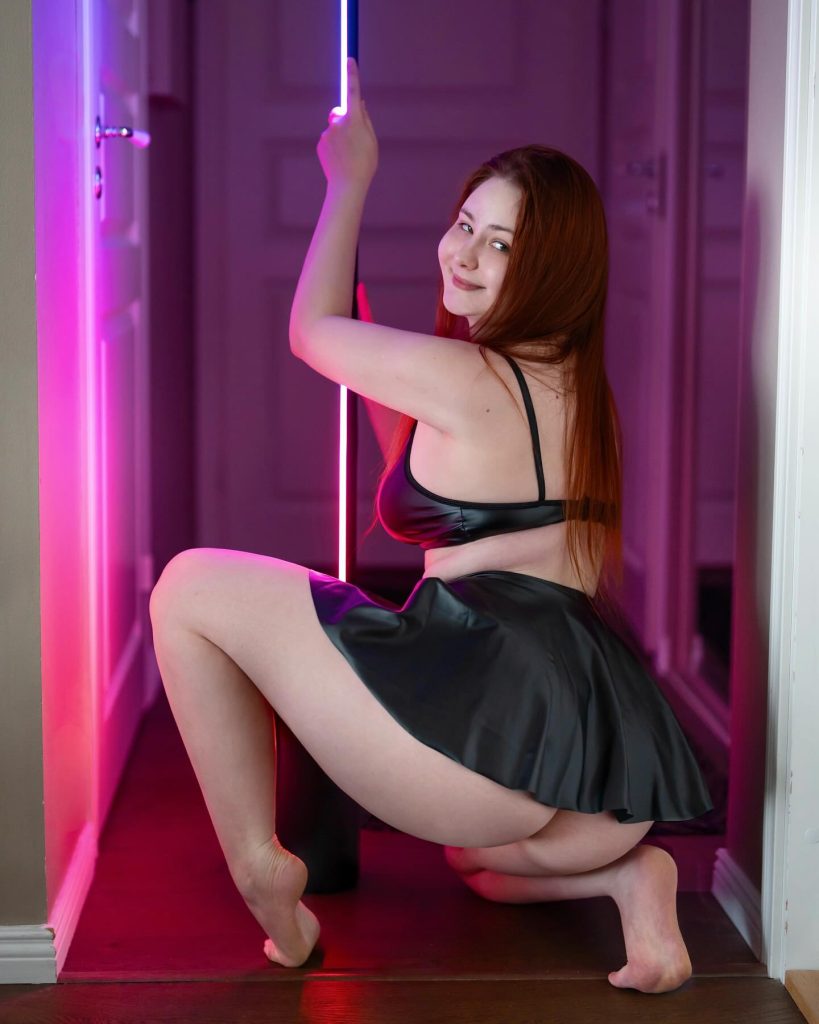
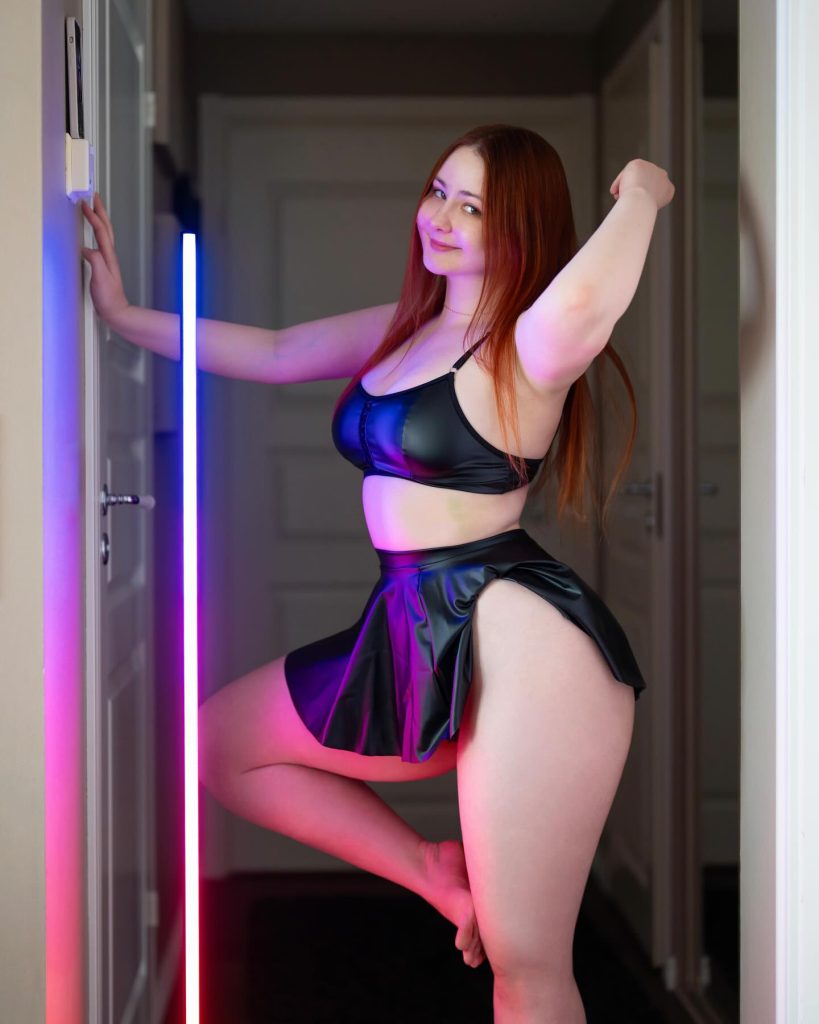
As women transition into adulthood, style often becomes more refined, reflecting professional roles, social expectations, and evolving personal values. Classic, business, and romantic styles are commonly adopted, offering elegance, functionality, and confidence. Professional attire communicates authority and competence, while classic elegance signals stability and refinement. Romantic elements, with soft fabrics and delicate details, convey warmth, sensitivity, and femininity. In each phase, style reflects not only external circumstances but also inner growth, aspirations, and self-awareness.
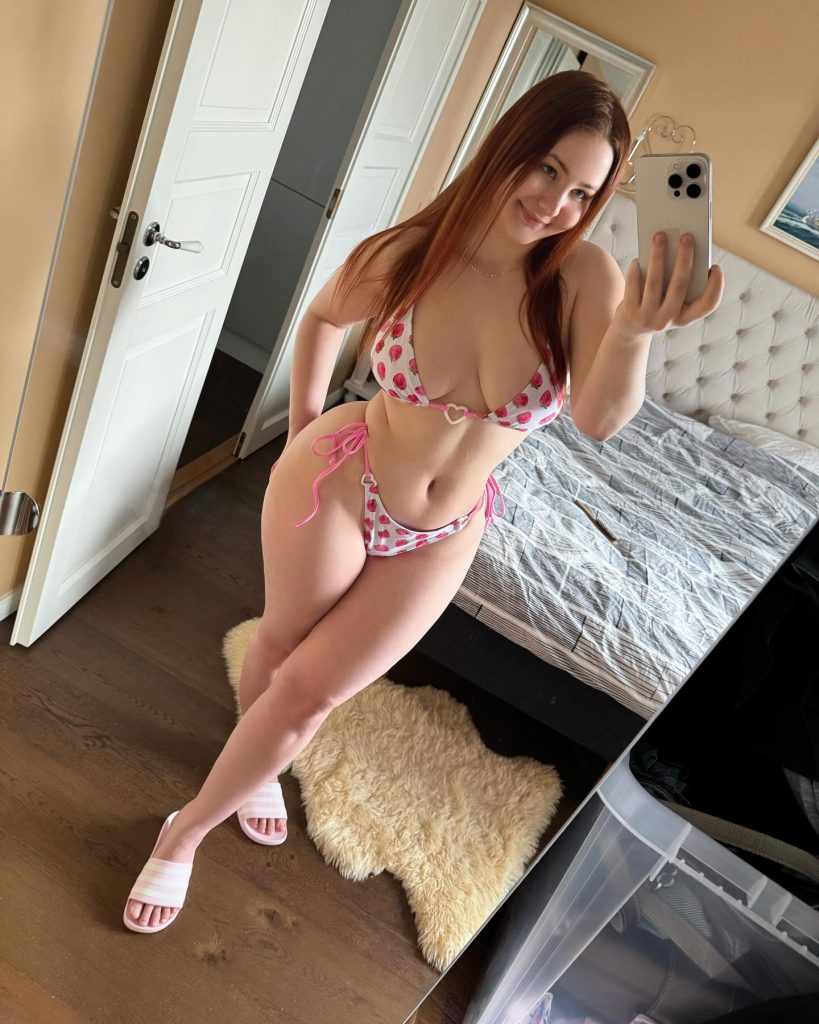
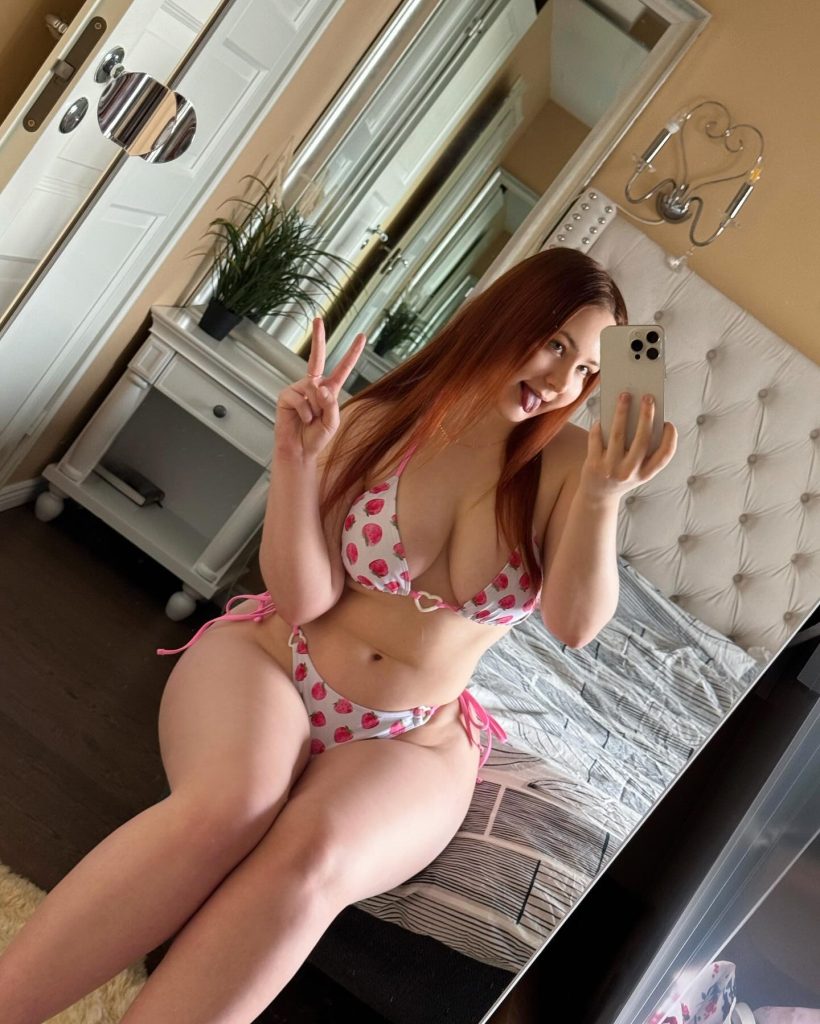
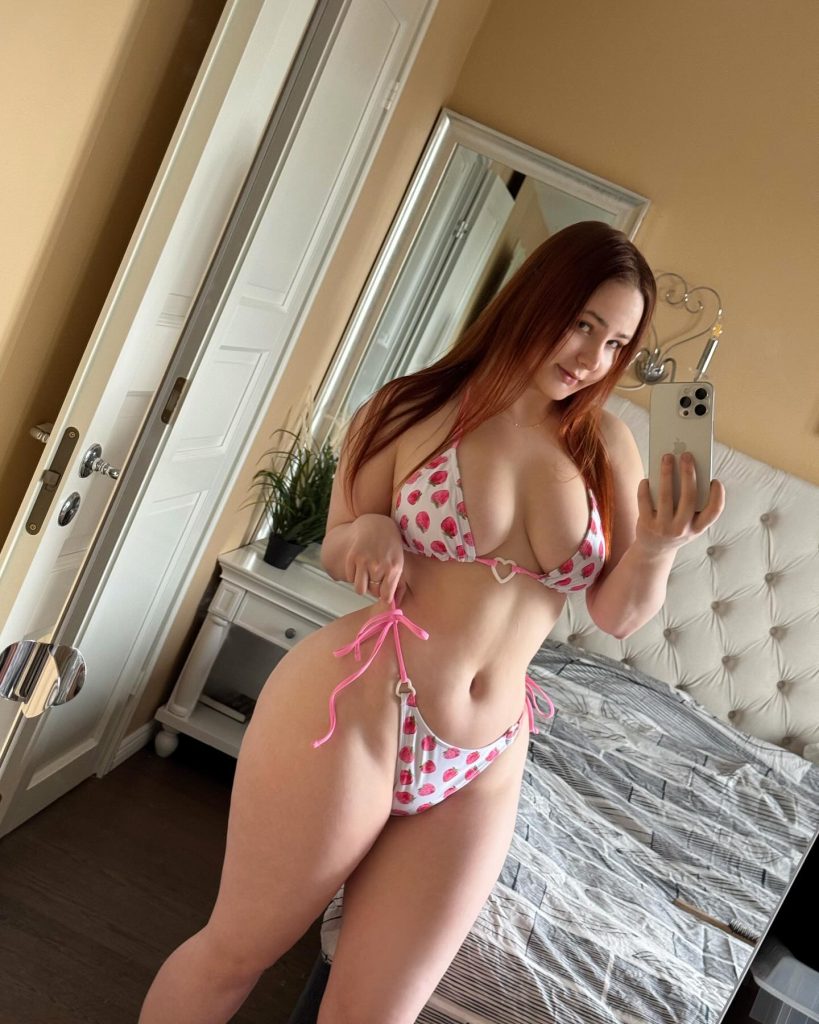
Flexibility is a crucial aspect of style evolution. Women increasingly blend elements from multiple styles to suit various contexts. A business suit may be softened with romantic accessories for evening events, while sporty or casual pieces provide comfort during leisure activities. Avant-garde or artistic touches can add individuality to otherwise classic ensembles. This adaptability demonstrates that style is not rigid; it is a versatile tool for navigating diverse environments while remaining true to oneself.



Life events, such as career changes, travel, relationships, and personal milestones, further shape the evolution of style. Each experience influences clothing choices, color preferences, and aesthetic sensibilities. For instance, traveling to different cultures may inspire the incorporation of unique fabrics, patterns, or accessories into daily attire. Parenthood, professional achievements, or new social roles may encourage more functional or polished wardrobe selections. Over time, these experiences create a personal style that is both expressive and deeply authentic.
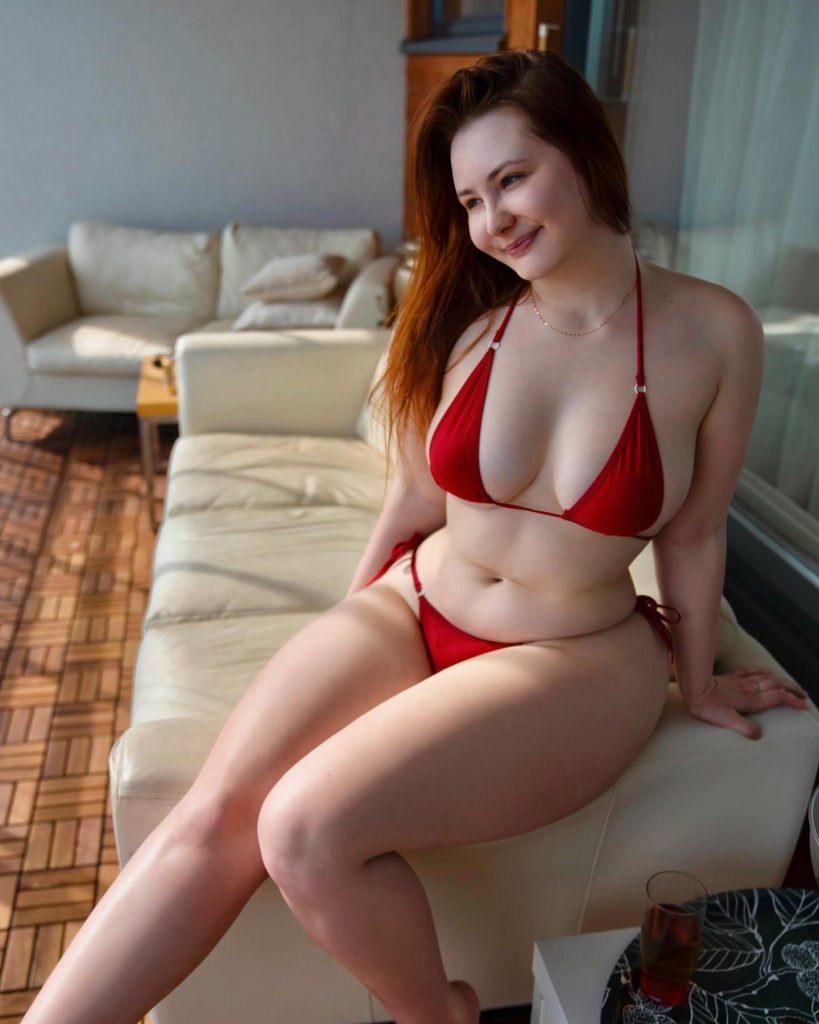

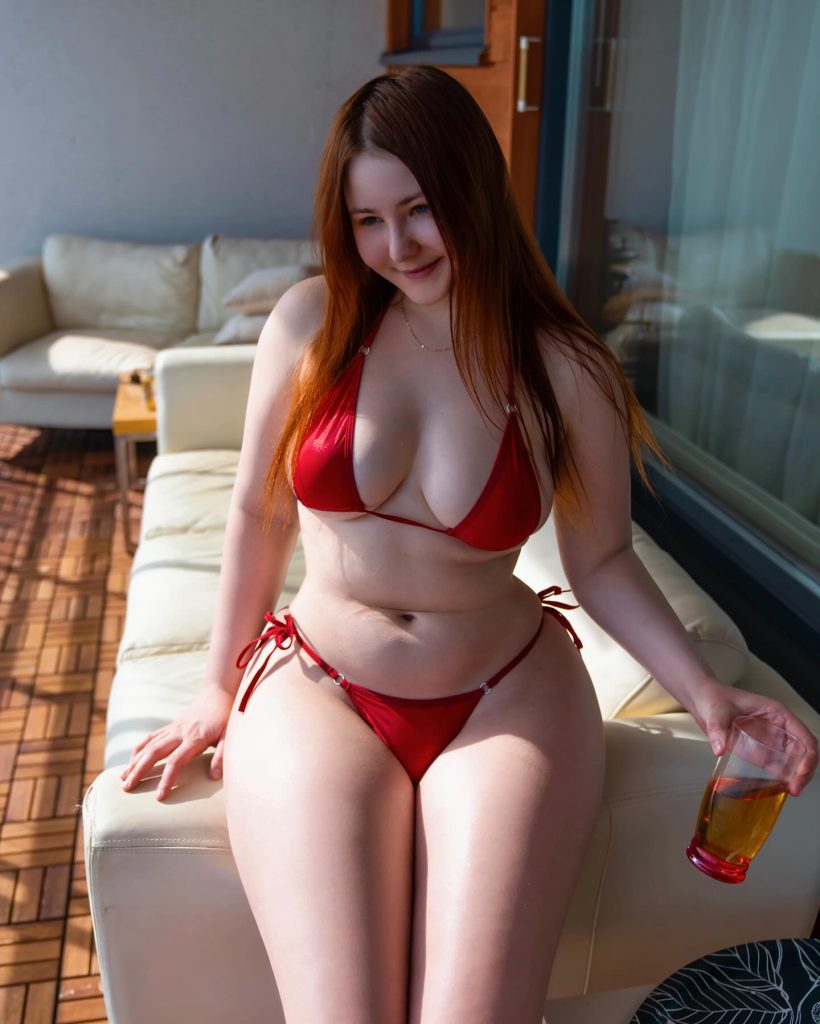

Ultimately, a woman’s style is a lifelong reflection of her values, emotions, and identity. True elegance is not measured by adherence to trends but by the alignment between appearance and inner essence. A woman who dresses in harmony with her personality and life journey radiates confidence, authenticity, and poise. Her style tells a story of who she is, where she has been, and how she continues to evolve.

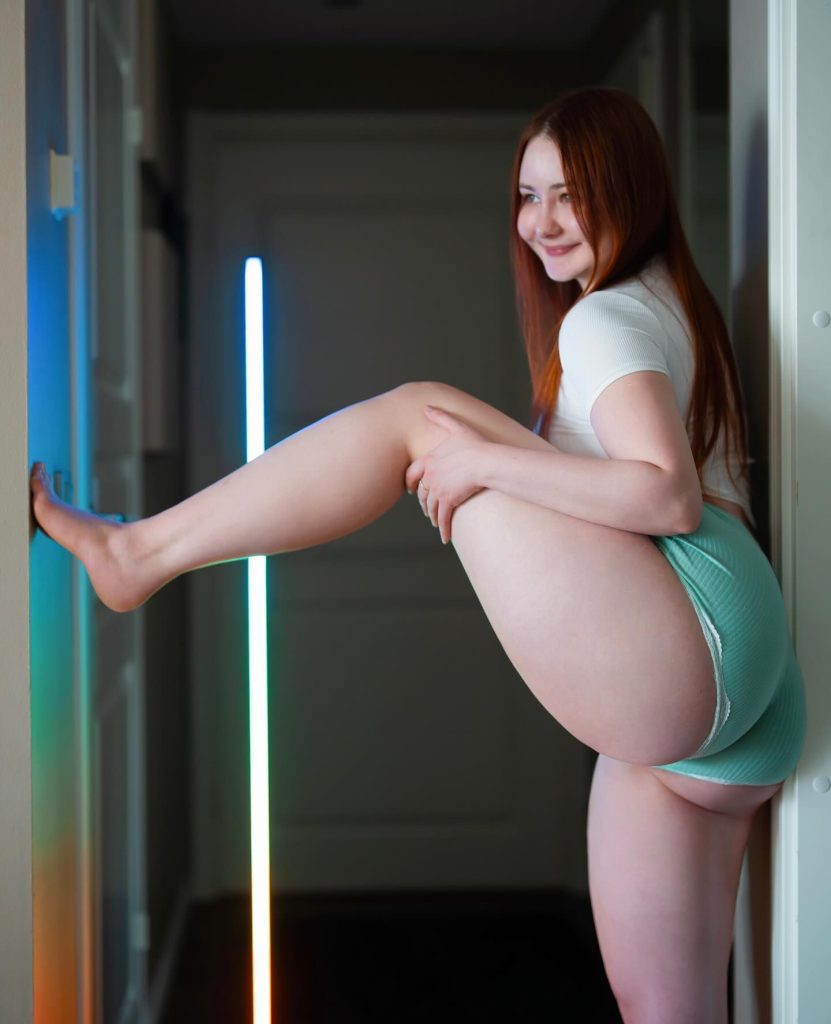
In conclusion, the evolution of a woman’s style is a testament to the fluidity and depth of personal expression. From youthful experimentation to mature sophistication, style grows alongside experience, blending creativity, practicality, and self-awareness. By embracing this continuous evolution, women can cultivate a wardrobe and presence that reflects not only external beauty but also the inner journey of authenticity, confidence, and individuality.
